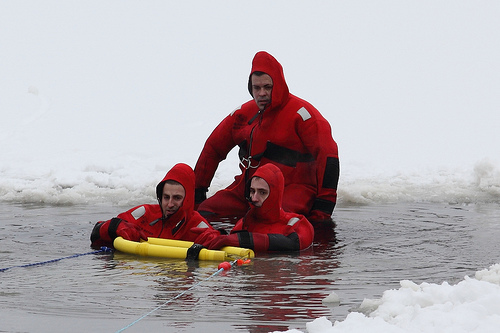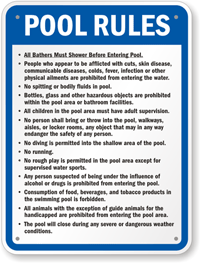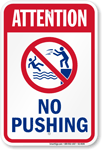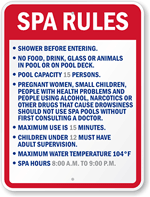How to bring cold water drowning victims back to life
With winter stubbornly hanging on throughout much of the country, there’s a small bit of comfort to be had in the midst of the cold — at least on the drowning rescue front. New research shows that cold water drowning victims can be brought back to life as long as two hours after they drown if the right steps are taken. That means even if the heart has stopped beating and the victims’ brains aren’t getting the oxygen we all need to stay alive.

As it turns out, spending the duration of a Disney movie in ice-cold water isn’t necessarily a death sentence, with appropriate treatment. By dwightsghost.
Researchers say the cold water triggers something called the “mammalian diving response”:
Once the body detects an impending cold-water immersion, it attempts to thwart the cold and preserve blood flow to the brain and internal organs. The heart rate slows down, decreasing oxygen demand. And capillaries in the hands and feet begin to tighten, squeezing blood to the core of the body and brain, where it’s needed most.
That response gives cold water drowning victims the equivalent of a second life — if rescuers know how to treat them. Research shows the key is to call 911 and start CPR immediately, without trying to warm the body. Once victims reach the hospital, doctors can slowly warm and restore blood flow, often bringing the dead back to life.
And the difference between life and death for cold water and regular drowning victims is more than a matter of minutes. Dr. Robert Helm, a New Hampshire cardiac surgeon tells of a 3-year-old girl who was resuscitated after nearly 50 minutes. And it’s not just young children who get a second chance in cold water drownings. Helm also knows of a 32-year-old woman who was not resuscitated until nearly 80 minutes after her drowning. Being brought back to life might seem like the amazing part. But it’s the other part that’s truly miraculous: both victims recovered without a brain damage.
Why is that amazing? Drowning isn’t just an event that causes death. Often, drowning survivors suffer brain damage because of the amount of time their brains go without oxygen. That’s why more than 50 percent of drowning victims who survive require hospitalization. And for every child who drowns, three suffer brain damage, according to the Swims Foundation.
So as spring slowly comes this year, bringing with it the inevitable falls through ice, remember that cold water drownings don’t have to be a death sentence, nor a debilitating trauma. They just need to be treated differently than regular drownings. Doing so could give someone a second chance at life.
Category: Natural water, Safety










